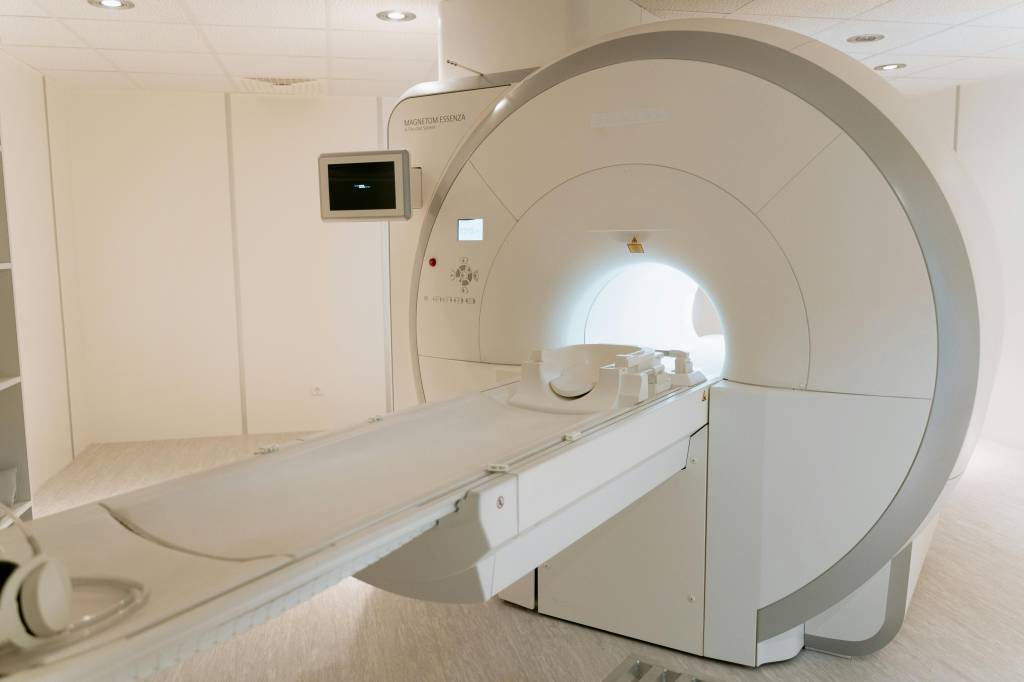In today’s high-tech professional environments, exposure to ionizing radiation is a reality, particularly in sectors like medicine, nuclear energy, aerospace, and industrial radiography. Ensuring the safety of workers interacting with or working near radiation sources is not just about protective gear — it involves thorough, consistent, and proactive radiation safety management. This responsibility primarily rests on the shoulders of a specialized and often underrecognized expert: the Radiation Protection Advisor (RPA).
The Role of the Radiation Protection Advisor
The Radiation Protection Advisor is a qualified expert whose core mission is to protect the health and safety of employees and the public from the dangers posed by ionizing radiation. Working in accordance with the regulations outlined in the Labour Code and Public Health Code, the RPA ensures that exposure is minimized following the ALARA ("As Low As Reasonably Achievable") principle. Their scope of work spans across diagnostics, policy development, training, risk evaluation, and emergency preparedness — all vital components in maintaining robust radiation protection frameworks within organizations.
Guaranteeing Radiation Safety through Preventative Actions
An RPA’s cornerstone responsibility is preventive safety. By anticipating the risks associated with radiation exposure, the RPA enables companies to maintain uninterrupted productivity without compromising individual health. Their duties encompass a wide array of proactive measures, such as:
- Verification and calibration of radiological equipment to ensure optimal functioning and compliance with regulatory standards.
- Classification of workers based on their radiation exposure levels, ensuring adequate monitoring and protection programs tailored to risk levels.
- Delimiting controlled zones in workplaces by assessing the radiation levels and ensuring appropriate signage, access limitations, and dosimetric protections are in place.
- Formulating and practicing emergency response plans in case of radiological incidents, including contamination or equipment failure.
This systematic approach to radiation control doesn’t only focus on accidents; it’s an ongoing oversight ensuring constant alignment with safety regulations and innovations in protection techniques.
Comprehensive Risk Assessments and Environmental Safeguards
Beyond occupational health, Radiation Protection Advisors have a broader mission: to coordinate radiation protection strategies that safeguard the public and the environment. While doing so, RPAs assess multiple indicators, such as radiation source characteristics (emitting isotopes, their half-lives, emissions spectrum) and the nature of activities being conducted (duration, frequency, and protection measures in place).
This holistic approach factors into creating detailed risk reports and implementing layers of control and supervision — reducing radiation exposure not only to workers but also to surrounding communities and ecosystems.
Whether providing advice on shielding requirements, evaluating new technologies for exposure risk, or conducting employee training, The Radiation Protection Advisor plays a pivotal, central role in a company’s radiation protocol. This multifaceted expert is both a guardian and a guide, entrusted not just with ensuring compliance but also with fostering a safety-first culture.
Innovation Meets Protection: RPA at Lemer Pax
At Lemer Pax, a global reference in radiation protection solutions, the RPA’s influence goes well beyond the typical advisory role. RPAs there are deeply involved in R&D, working closely with engineers and designers to create cutting-edge protective technologies that reflect both user needs and the latest scientific breakthroughs.
This collaboration is particularly evident in the role of the RPA at Lemer Pax's Design Office. Here, the RPA proactively contributes to the early stages of equipment development, ensuring that prototypes meet not only functional and safety requirements but also alignment with legal and regulatory frameworks such as the Public Health and Labour Codes.
Furthermore, at Lemer Pax, the Radiation Protection Advisor engages in dialogue with counterparts in nuclear medicine departments of hospitals and clinics, analyzing real-world challenges and translating them into product features. This continuous feedback loop allows for the rapid adaptation of protection technologies to evolving clinical practices and standards.
Case Study: Novashield® Glass – A Milestone in Radiation Protection
One striking example of this synergistic innovation is Novashield® Glass, Lemer Pax’s revolutionary, lead-free, transparent protective material. Developed with over 16 years of research and under the meticulous supervision of RPAs, Novashield® Glass represents a significant technological breakthrough in radiation protection.
This proprietary material, protected by multiple patents, is composed of highly hydrogenated polymer matrices infused with radioprotective nanoparticles. It offers robust protection against Gamma rays, X-rays, and Neutron radiation, making it comparable — if not superior — to conventional PMMA (poly methyl methacrylate acrylic) solutions.
Not only does Novashield® Glass excel in technical performance, but it also champions environmental and human health by eliminating hazardous lead content. It opens new doors in applications across various high-risk industries, including:
- Nuclear medicine and interventional radiology
- Industrial radiography and non-destructive testing
- Defense and homeland security technologies
- Aerospace and space exploration systems
The RPA’s supervision ensured the new material’s compliance with ASN (Autorité de Sûreté Nucléaire) guidelines and helped integrate practical feedback from field professionals into the product development cycle.
A Multidisciplinary Safeguard for a Radiological World
In today’s workplace, where advanced technologies bring humans and radiation sources into closer proximity than ever before, the RPA is not just a consultant but a critical pillar of safety architecture. Their interdisciplinary expertise — combining regulatory knowledge, scientific acumen, pedagogical skills, and technical foresight — makes them indispensable contributors to workplace safety protocols.
Within institutions like Lemer Pax, RPAs not only guide the safe use of radiation but also serve as innovators, driving the industry toward cleaner, safer, and more sustainable radiation protection materials and solutions. Their ongoing participation in equipment design, staff training, facility audits, and emergency simulations allows organizations to operate with confidence in complex radiological environments.
As radiation-related industries evolve, the strategic role of the Radiation Protection Advisor will only grow in influence and necessity. With the ability to mitigate risks, improve system resilience, and promote technological progress in radiation shielding, RPAs remain the keystone of any comprehensive radiation safety strategy — ensuring that progress doesn't come at the cost of safety.






